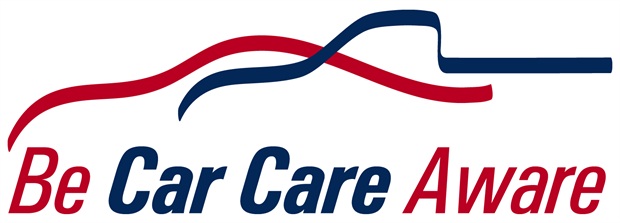Find government grants and financing for handicap vehicles for people with disabilities nationwide. Money can be located with a little patience and a lot of research through various government programs. We’ve compiled a list of the most well-known government grant programs to assist your search for help funding a wheelchair van.When paying for a handicap van, you can use money from government grant programs for people with disabilities, as well other funding resources like disability grants, loans, fundraiser money, foundation endorsements, or any other funding source. We’ll work with your chosen foundations or any government grant program, after they verify financial assistance, to get you on the road!
To learn more about applying for wheelchair van grant funding to buy a handicap van or convert a pre-owned minivan, read “How to Apply for a Grant for Wheelchair Vans, Mobility Equipment, or Minivan Conversions.”
Government Wheelchair Van Financing Resources
Fund your wheelchair van with these government grant programs provided by the U.S. government and locally in your state.
Administration for Children & Families
On this website, new funding opportunities are displayed as they become available.
Grants.gov
The U.S. government resource listing federal grants available.
Medicaid
Sometimes provides assistance when children or other special circumstances are involved.
Medicaid/Department of Human Services (DHS)
Children are screened as part of the Early and Periodic Screening, Diagnosis, and Treatment (EPSDT) program of Medicaid. Under Medicaid’s “rehabilitative services,” people often receive handicap van or lift funding to achieve their “best possible functional levels.”
Vocational Rehabilitation (VR)
Located within each state’s Department of Human Services (per state), helps you prepare for work, train for a job, find a job, or keep a job as early as high school. Services are prioritized according to the severity of the disability.
Department of Assistive and Rehabilitative Services (DARS)
Check your state’s branch for grant availability.
Division of Developmental Services (DDS)
Check your state’s branch for grants.Those with Supplemental Security Income (SSI) benefits from the Social Security Administration can contact the agency about its Plan to Achieve Self Support(PASS). A PASS plan sets aside income to buy equipment or services in a way that keeps income, as well as resources, below the SSI eligibility cut-off so there are no reductions in benefits. The emphasis is on whether the handicap van or equipment will help the SSI recipient become vocationally self-sufficient. It’s important for an individual to contact and receive the approval of Social Security before setting up a PASS plan. Once money has been set aside for a PASS, spending it on something else can result in the loss of SSI benefits.Please note: You can use multiple sources of funding that include grants, loans, and other funding assistance. If you’re unable to find government grants for people with disabilities or need to acquire more money to help pay for your wheelchair van and/or mobility needs, check out more opportunities at our mobility finance page.

